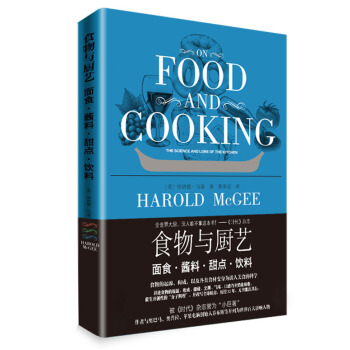

It is not, for example, simply a narrative account of what was eaten by a particular people at a particular time. It emphasizes the role that food-related activities play in defining community, class, and social status – as epitomized in such fundamental human acts as the choice and consumption of one’s daily bread.Ĭulinary history can also be defined by what it is not. To change its physical and chemical form.


To kill any harmful bacteria present in it. Some of them are: To make the food digestible. There are many reasons behind cooking food. These multidisciplinary perspectives are integrated along geographic and temporal dimensions, and as a consequence, culinary history encompasses the whole process of procuring food from land or laboratory, moving it through processors and market-places, and finally placing it on the stove and onto the table. Cooking helps to destroy unwanted substances present in the food and unwelcomed effects of consuming it. Studies make connections between the sciences – medical, biological, and social – and the humanities and draw heavily on anthropology, economics, psychology, folklore, literature, and the fine arts, as well as history. Consequently, culinary history is widely interdisciplinary. Tweet about the On Food and Cooking Study Guide Email the On Food and. It looks at practices on both sides of the kitchen door, at the significance of the food to the cook and to those who consume it, and at how cooking is done and what the final product means. On Food and Cooking Summary & Study Guide includes detailed chapter summaries.
On food and cooking pdf manual#
The aim of this manual is to help adults. Since the 1970s, historical studies of food in particular cultures have emerged as a new field, “culinary history.” Culinary history studies the origins and development of the foodstuffs, equipment, and techniques of cookery, the presentation and eating of meals, and the meanings of these activities to the societies that produce them. being introduced to basic food and kitchen skills, as prepackaged meals and eating out became more of a norm.


 0 kommentar(er)
0 kommentar(er)
